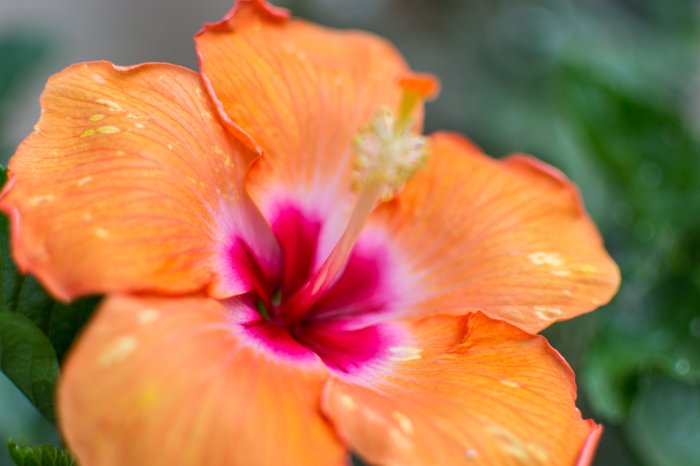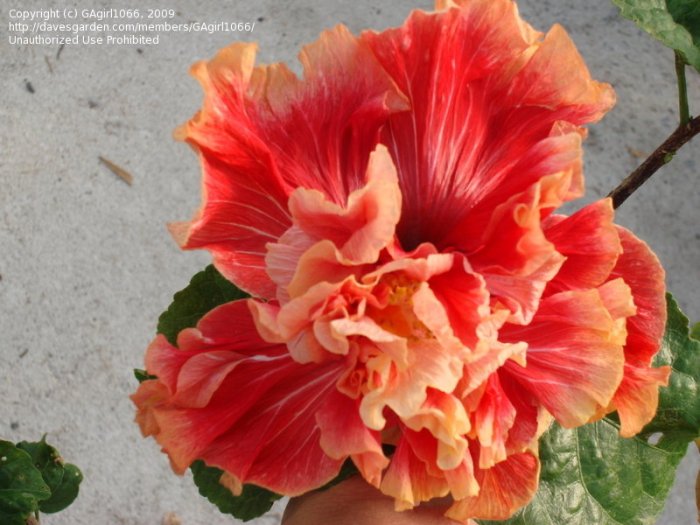My hibiscus won’t bloom, a common lament among hibiscus enthusiasts, often stems from a combination of factors. Understanding the specific needs of these vibrant plants is crucial to unlocking their blooming potential. Join us as we delve into the intricacies of hibiscus blooming, exploring the reasons behind their reluctance to flower and uncovering the secrets to achieving a profusion of blooms.
From optimal light conditions to nutrient deficiencies and proper pruning techniques, we’ll provide a comprehensive guide to help you diagnose and resolve any issues that may be hindering your hibiscus’s blooming. Whether you’re a seasoned gardener or a novice seeking to cultivate these stunning plants, this discussion will equip you with the knowledge and techniques necessary to transform your hibiscus into a blooming marvel.
Insufficient Light

Hibiscus plants thrive in bright, indirect light. Insufficient light can hinder blooming. Ensure your plant receives at least 6 hours of sunlight daily, preferably in the morning or late afternoon.
If natural sunlight is limited, supplement with artificial light using grow lights or fluorescent bulbs placed 12-18 inches above the plant for 12-14 hours per day.
Suitable Light Sources, My hibiscus won’t bloom
- Sunlight
- Grow lights (LED or fluorescent)
- Fluorescent bulbs
Incorrect Temperature
Hibiscus plants prefer warm temperatures between 65-85°F (18-29°C). Extreme temperatures, below 60°F (15°C) or above 90°F (32°C), can inhibit blooming.
Protect your plant from cold drafts or excessive heat by placing it in a sheltered location or providing additional warmth during cold months.
Nutrient Deficiencies: My Hibiscus Won’t Bloom
Essential nutrients for hibiscus blooming include nitrogen, phosphorus, potassium, and micronutrients. Deficiencies can result in reduced or absent blooms.
| Nutrient | Role | Deficiency Symptoms |
|---|---|---|
| Nitrogen | Foliage growth | Yellowing leaves, stunted growth |
| Phosphorus | Flowering and fruit production | Purple or red leaves, reduced blooming |
| Potassium | Overall plant health | Brown leaf edges, wilting |
Overwatering or Underwatering
Hibiscus plants prefer consistently moist soil, but avoid overwatering as it can lead to root rot. Underwatering can also stress the plant and hinder blooming.
Water when the top inch of soil is dry to the touch. Allow excess water to drain freely from the pot.
Pruning and Maintenance

Pruning hibiscus plants stimulates new growth and encourages blooming. Remove dead or diseased branches, as well as overgrown stems.
Prune in late winter or early spring before new growth emerges. Use sharp, clean shears and make cuts at a 45-degree angle just above a leaf node.
Pests and Diseases

Common pests and diseases that affect hibiscus plants include aphids, mealybugs, whiteflies, and powdery mildew. These can damage foliage and reduce blooming.
Regularly inspect your plant for pests or disease. Treat infestations promptly with appropriate insecticides or fungicides.
Other Factors

Additional factors that can influence hibiscus blooming include:
- Soil pH: Hibiscus plants prefer slightly acidic soil with a pH between 5.5 and 6.5.
- Humidity: High humidity promotes blooming. Mist your plant regularly or use a humidifier.
- Age of the plant: Young hibiscus plants may take a few years to mature and produce blooms.
FAQ Explained
Why won’t my hibiscus bloom?
Hibiscus plants may not bloom due to insufficient light, incorrect temperature, nutrient deficiencies, overwatering or underwatering, improper pruning, pests or diseases, or other factors such as soil pH, humidity, and the age of the plant.
How much sunlight do hibiscus plants need?
Hibiscus plants thrive in full sun, receiving at least 6 hours of direct sunlight per day.
What is the optimal temperature range for hibiscus plants?
Hibiscus plants prefer warm temperatures between 65-85°F (18-29°C). Extreme temperatures can inhibit blooming.
How often should I water my hibiscus plant?
Water your hibiscus plant when the top inch of soil feels dry to the touch. Avoid overwatering, as this can lead to root rot.
When should I prune my hibiscus plant?
Prune your hibiscus plant in late winter or early spring to remove dead or diseased branches and encourage new growth and blooming.
